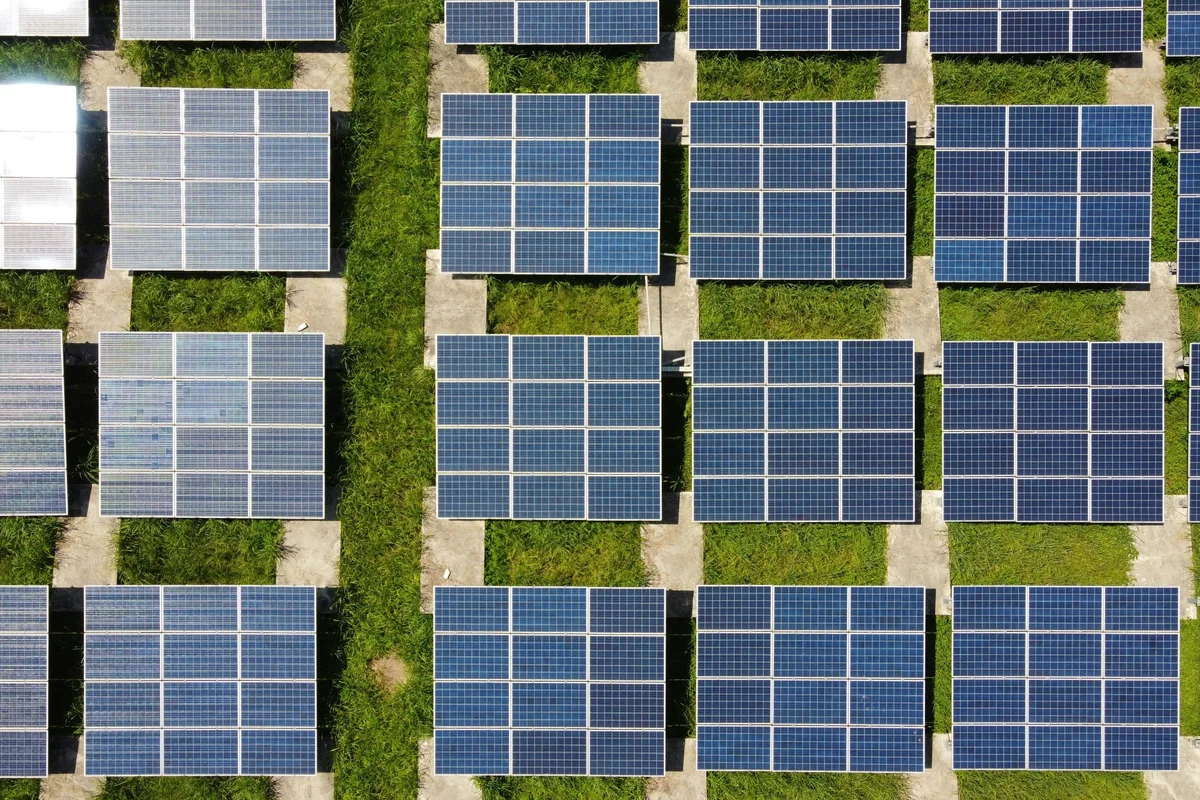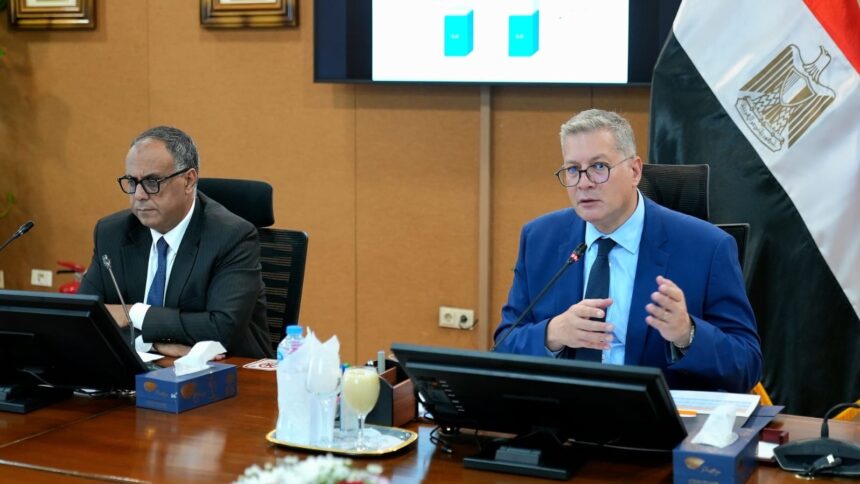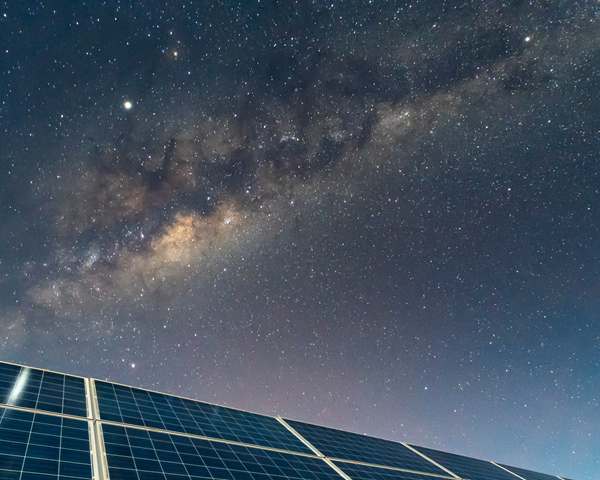South Africa court halts natural gas power plant project, cites climate commitments
Source A South African court has nullified the environmental authorization for state-owned electricity utility Eskom’s proposed 3,000-megawatt gas-fired power plant. The court cited multiple reasons for its decision, including the […]








